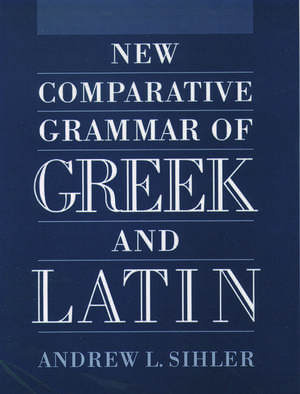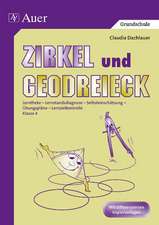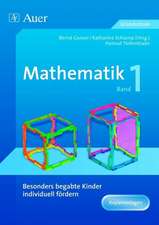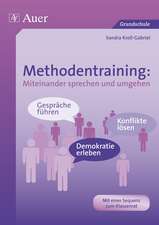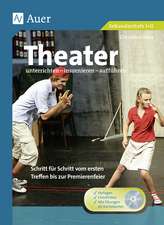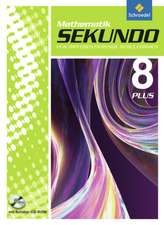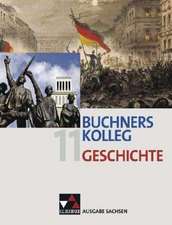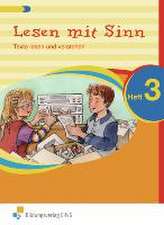New Comparative Grammar of Greek and Latin
Autor Andrew L. Sihleren Limba Engleză Hardback – 23 mar 1995
Preț: 813.31 lei
Preț vechi: 1224.93 lei
-34% Nou
Puncte Express: 1220
Preț estimativ în valută:
155.62€ • 163.07$ • 128.65£
155.62€ • 163.07$ • 128.65£
Carte tipărită la comandă
Livrare economică 01-07 aprilie
Preluare comenzi: 021 569.72.76
Specificații
ISBN-13: 9780195083453
ISBN-10: 0195083458
Pagini: 720
Dimensiuni: 162 x 242 x 40 mm
Greutate: 1.09 kg
Ediția:New.
Editura: Oxford University Press
Colecția OUP USA
Locul publicării:New York, United States
ISBN-10: 0195083458
Pagini: 720
Dimensiuni: 162 x 242 x 40 mm
Greutate: 1.09 kg
Ediția:New.
Editura: Oxford University Press
Colecția OUP USA
Locul publicării:New York, United States
Recenzii
This important volume incorporates the results of 60 years of scholarship into Greek, Latin, and Indo-European historical grammar
S. has now provided a textbopok and deserves the gratitude of lecturers and students; teaching and learning the history of Latin and Greek and their Indo-European roots should now be made easier. S. has provided a wealth of information and ideas which will help bulk out lecture notes and increase understanding of the subject.
S. has now provided a textbopok and deserves the gratitude of lecturers and students; teaching and learning the history of Latin and Greek and their Indo-European roots should now be made easier. S. has provided a wealth of information and ideas which will help bulk out lecture notes and increase understanding of the subject.
